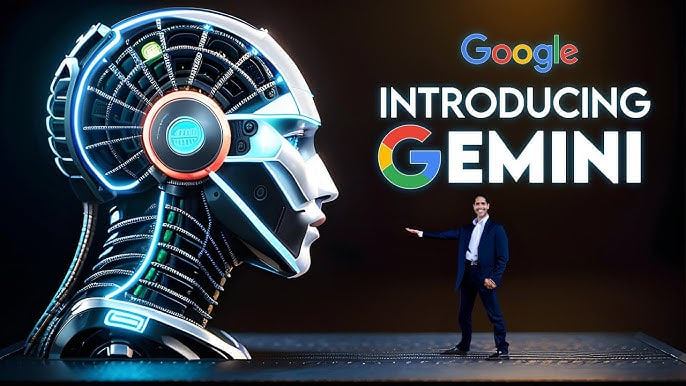
Google has recently unveiled its latest and most powerful AI model, Gemini, which is a multimodal model capable of processing and understanding various types of data, including text, code, audio, video, and images. This new AI model is the result of significant collaborative efforts by multiple teams across Google and Google Research. Gemini has been trained on a diverse range of data, allowing it to perform well on understanding and reasoning in multi-modal tasks for different domains. It has been designed to be a “natively multimodal” model, meaning it can seamlessly understand and combine different types of information, making it a significant advancement in the field of artificial intelligence.
Gemini comes in three sizes: Nano, Standard, and Ultra. The Ultra model, in particular, has been reported to outperform human experts on a benchmark that tests understanding across 57 subjects, making it the first AI to achieve such a feat. This demonstrates the model’s strong generalist capabilities across modalities and its ability to understand nuance and reasoning in complex subjects.
One of the most notable features of Gemini is its ability to learn from data beyond just text, including audio, video, and images. This sets it apart from previous language models and allows it to generalize and understand a wide variety of inputs, leading to its superior performance in various tasks. Gemini’s launch marks a significant step forward in the development of AI models, with potential applications ranging from personalized education and healthcare to scientific research and artistic creation5
.Overall, Google’s Gemini represents a major advancement in the field of artificial intelligence, with its multimodal capabilities and superior performance setting it apart as a groundbreaking AI model.